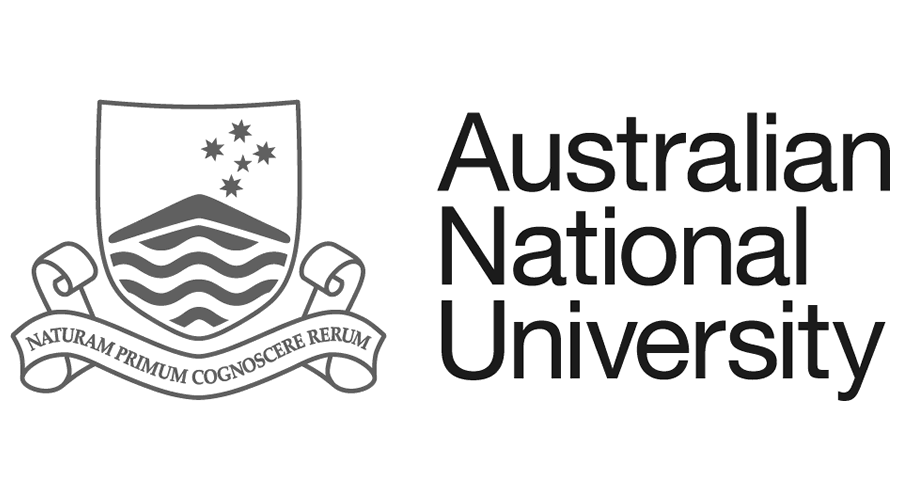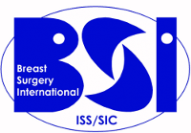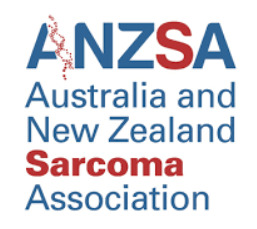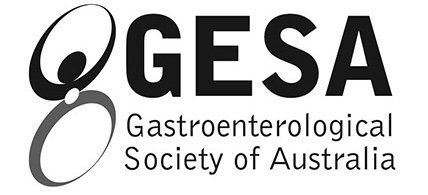
Laparoscopic Gallbladder Surgery
What is Laparoscopic Gallbladder Surgery?
Laparoscopic (keyhole) surgery is the standard modern technique for removal of the gallbladder. Usually 4 small incisions are made in the abdomen.
- A laparoscope is inserted through an incision near the belly button.
- Carbon dioxide gas is blown into the abdominal cavity.
- Other surgical instruments are then inserted.
- The gallbladder is dissected free from nearby organs.
- An x-ray (cholangiogram) is performed to see whether any gallstones have passed out of the gallbladder into the bile duct.
- Clips are then used to close off the cystic duct and cystic artery and the gallbladder is detached from the liver.
- The gallbladder is removed in a plastic bag from the incision near the belly button.
- All instruments are removed and the carbon dioxide gas is allowed to escape.
- The incisions are closed with dissolvable sutures.
How Long will the surgery take?
The procedure usually takes around 60 minutes.
What are the risks of gallbladder surgery?
All surgery has risks despite the highest standard of practice. The following possible complications are listed to inform not to alarm. There may be other complications that are not listed.
- Bile leak
- Bleeding
- Infection
- Injury to nearby structures, such as the bile duct and small intestine
- Retained stones in the bile duct requiring further treatment
- Post cholecystectomy syndrome
What is the expected recovery after laparoscopic gallbladder surgery?
Hospital Stay
Most people go home the morning after surgery. It is recommended that you be accompanied home by a carer who will stay with you (or very close by) for the first 24 to 48 hours.
Wound Care
Your wounds are closed with dissolvable sutures and skin glue and covered with waterproof dressings. You can shower normally. Remove your dressings in 5 days - your wounds should be healed by then and you do not need further dressings.
Diet
There are no restrictions in your diet. However, some people can develop loose stools in the first few weeks after gallbladder removal.
If you are experiencing loose stools, try to
- Avoid greasy or fried foods
- Add soluble fiber to your diet, such as bran, nuts, seeds, lentils and peas
- Eat smaller, more frequent meals
- Limit foods that worsen diarrhoea such as caffeine, dairy and sweet foods
Driving
You should not drive for at least 24 hours after general anaesthesia. You can start driving as soon as you can safely control the vehicle, usually after 1 week.
Physical Activity
You are encouraged to do as much walking as is comfortable. Limit your activities to light duties (no lifting over 5 kg) for at least 3 to 4 weeks, or until you are comfortable. The common sense rule is “If it hurts, don’t do it!”.
















